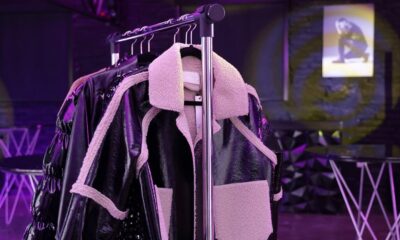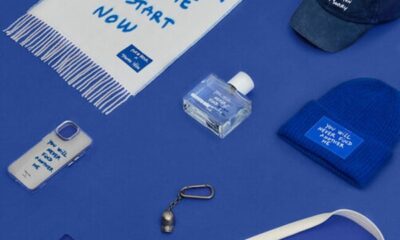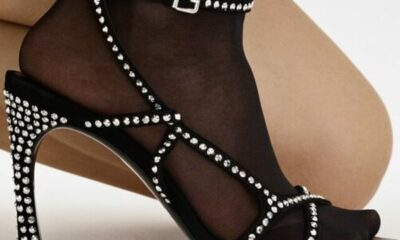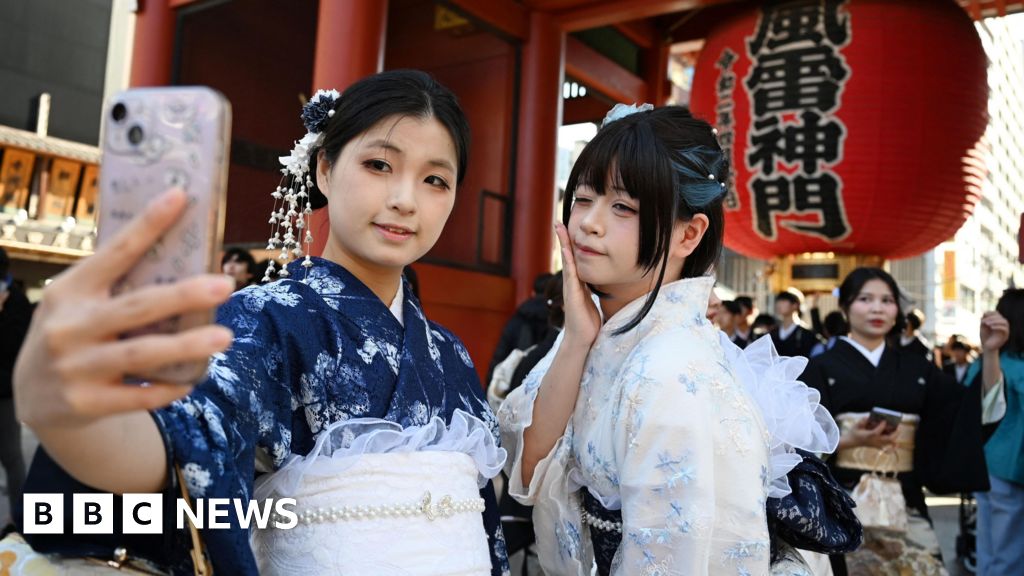Fashion
Why Chinese shoppers are choosing local luxury over LVMH and Gucci
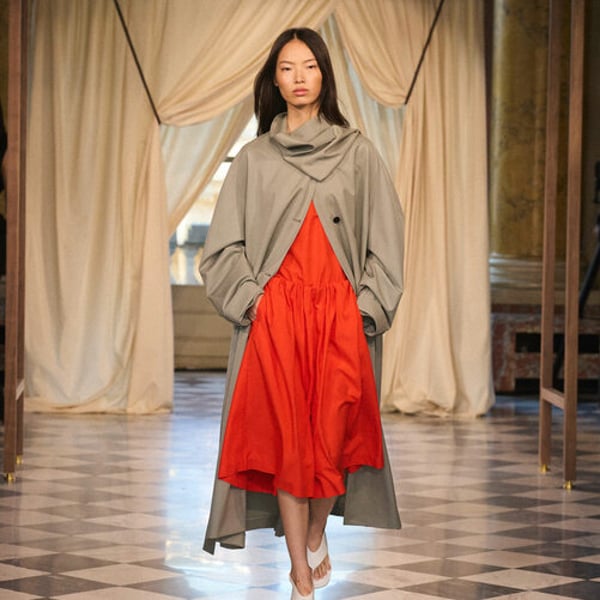
By
Bloomberg
Published
November 17, 2025
When Bernard Arnault, one of the world’s richest men and chairman of LVMH, dropped by Shanghai in September, many assumed his itinerary would be routine: check in on Louis Vuitton, Dior, and the rest of his empire’s boutiques in China’s most prestigious malls. But instead, Arnault did something unexpected.
He went shopping for Chinese brands.
At the new-age luxury shopping mall Qiantan Taikoo Li in Shanghai, Arnault stopped by Songmont, a minimalist leather goods label. There, he bought two handbags, according to people familiar with the situation who asked not to be named discussing a private matter.
He also went to another high-end mall and wandered into Laopu Gold, a homegrown jeweler that opened a store a few doors down from Cartier and Van Cleef & Arpels. He reportedly lingered for half an hour, muttering words like “exquisite” and “interesting.” It was a small gesture with big symbolism. Arnault, whose companies helped define modern luxury, was now browsing in boutiques that may represent its next chapter, at least in China.
The anecdote reflects how China’s $49 billion luxury market is changing fast. As the economy cools, spending on foreign premium brands has stalled. Instead, when Chinese consumers do splash out, they’re turning to homegrown labels. Their rise is redrawing the map of one of the world’s top luxury markets and forcing global players to take note.
Online retail platforms have been key to their growth. According to data compiled by BigOne Lab and analyzed by Bloomberg News, five domestic prestige brands in handbags, apparel, fragrance, cosmetics, and jewelry have outpaced seven foreign rivals in sales growth over the past two years.
E-commerce sales at Laopu Gold have surged more than 1,000% during the first three quarters of this year compared with two years ago, while Songmont’s online bag sales have grown about 90%.
By contrast, Gucci’s online bag sales in China have slumped more than 50% and Michael Kors’ has dropped about 40%. Other Chinese labels – make-up brand Mao Geping Cosmetics, perfumier To Summer, and luxury clothing label Icicle – have pulled off similar feats in their categories.
On Tmall, the country’s largest online retailer, revenues for some Chinese brands are on par or even higher than overseas ones: Laopu sold $630 million in its Tmall store over 12 months through to October, compared with $57 million for Van Cleef & Arpels, according to industry consultant Hangzhou Zhiyi Tech. Mao Geping’s revenue was $125 million, more than doubling Bobbi Brown’s sales. For Laopu Gold, sales for both online and in-store jumped 250% in the first half of this year, after doubling in both 2023 and 2024, according to its financial results. Mao Geping Cosmetics, a homegrown beauty label named after its celebrity founder, reported double-digit revenue growth so far this year as well as in 2024.
Meanwhile, Bain & Co. estimates that China’s luxury market, which is dominated by European giants like LVMH Moet Hennessy Louis Vuitton, Kering SA, and Burberry Group Plc, shrank by as much as 20% last year, its steepest decline since at least 2011. Though there have been glimmers of recovery, executives talk about “caution” and “uncertainty.”
China’s worsening economy has wrecked the appetite for global luxury brands. Demand that was supposed to return after the lifting of strict Covid restrictions has instead slumped for overseas firms. That disappointment has helped erase shares at key luxury houses, with LVMH down about 30% from their 2023 peak while Kering has plunged roughly 60% since its high in 2021 in Paris. In the US, Estee Lauder Companies Inc. shares are about 76% off their high in 2021. After spiking following the easing of Covid lockdowns in 2021, consumer spending in China has largely flatlined.
Representatives at LVMH, Kering, Channel, Richemont, Estee Lauder, Max Mara, Capri didn’t respond to requests for comment.
That’s leading shoppers to turn to domestic brands with their lower pricing. ICICLE’s cashmere and wool Aircoat is priced between about $1,123 to $2,808. Max Mara’s 101801 coat, often highlighted as comparable by Chinese consumers, costs more than $4,200. Songmont’s bucket bags, described by social media users as a dupe for Hermes’ Picotin Lock bags, sell for around $421, while the latter costs between $5,054 to $8,016.
It’s not just a China phenomenon. Shoppers globally have become more discerning, with consumers turning to labels that look premium at lower price points as they grow increasingly weary of spending on big name brands that keep raising prices.
But what’s more surprising is that the price tag alone isn’t the deciding factor, said Jacques Roizen, managing director of China consulting at Digital Luxury Group.
“Contrary to common perception, Chinese beauty brands aren’t competing on price – they’re building rich brand universes and prioritizing storytelling,” said Roizen. “For Western prestige beauty brands, the rise of local competitors should serve as both a wake-up call and a warning.”
That story is rooted in craft and cultural pride, and is resonating with younger Chinese shoppers who no longer see Western logos as tickets to sophistication. Instead, modern shoppers are hunting for items that feel more tailored to them, and many Chinese brands have turned that shift into their core identity. Labels like To Summer and Songmont draw deeply from local history, art, and everyday life. The message: modern luxury can be proudly Chinese.
Songmont’s philosophy emphasizes “Eastern aesthetics,” with the designs of its stores reflecting Chinese calligraphy. To Summer builds scents around traditional ingredients like tea, osmanthus and preserved orange peel and uses porcelain made in Jingdezhen, China’s most important ceramics production center. ICICLE draws on the Confucian ideal of harmony and restraint.
It’s a concept that Songmont’s founder Fu Song consciously designed from the start.
“We’ve positioned ourselves as a Chinese brand rooted in local culture,” she said. “In the global fashion conversation, there are still too few Chinese voices.”
The strategy works especially well online, with the marketing more attuned to local consumers. Songmont launched its own podcast focusing on the lives of urban women, which is resonating for its celebration of self-worth and diverse life values rather than social status, said BigOne partner Amber Zhang. The campaign struck deeper than those from global brands, she said.
For shoppers like Wan Yihuan, a 30-year-old Shanghai finance worker, that message hits home. Once a self-described Hermès and Tom Ford addict, she now carries a $210 Songmont hobo bag and wears Mao Geping makeup. “I fell into the trap of consumerism when I was younger,” she said. “Now I just want things I truly like.”
Among the new Chinese players, Laopu Gold stands out for its more-than 100% revenue growth in physical stores since early 2024, where Tiffany and Bulgari have seen double-digit declines, according to BigOne data. At Beijing’s exclusive SKP mall, Laopu Gold’s sales rose more than 200% in the first half of the year, according to a person familiar with the figure who declined to be named discussing a private matter. In October, it opened a store in Plaza 66, a glass-clad cathedral of luxury long dominated by European names, becoming the first domestic brand to establish a presence in all ten of China’s top-tier malls.
It may seem strange to associate Made-in-China with luxury, a country where low-cost manufacturing helped drive its economy to the world No. 2 spot. But these domestic premium brands are challenging that perception with a slower and more premium manufacturing process that’s relayed to consumers through localized marketing campaigns.
In 2013, ICICLE bought a garment factory that manufactures for Max Mara in China’s eastern Jiangsu province. Songmont uses full-grain top-layer cowhide and gold-plated hardware, crafted by artisans with decades of traditional sewing and craftsmanship experience from the founder’s hometown. Laopu Gold incorporates elaborate filigreed shapes and enamel glazes into its jewelry. Mao Geping, China’s answer to America’s Bobbi Brown, teaches makeup application on local models to millions of fans online.
Their popularity is spreading outside China’s border. In London, 16-year-old Naomi Jiang now looks beyond marquee labels when buying handbags. Finding designer brands like Hermes overpriced, she chose Songmont for its design and value instead. “We’re getting a more diverse, higher quality selection of clothing,” she said.Executives at the Chinese brands, including Songmont, To Summer and Mao Geping, say they want to expand globally. The brands haven’t disclosed their overseas sales yet but analysts’ consensus is that the amount is likely still small.
“Chinese brands must look beyond China,” To Summer’s founder and chief executive officer Elvis Liu said. “Why are global brands often better positioned in their competition against Chinese brands? Because they are backed by the global market. If you only have the Chinese market, it’s like you are a local brand and this will put you at a very disadvantageous position amid the competition.”
Still, obstacles loom. Few domestic brands have crossed the 10-billion-yuan ($1.4 billion) annual revenue mark, said Michelle Cheng, retail analyst at Goldman Sachs Group Inc. “China’s market is huge, so you can hit 1 billion yuan with hot products, or even 3 to 5 billion,” she said. “But further growth depends on having a strong management team, talented staff, and long-term vision.”
The high sales growth figures also stem from a low base: the top 10 best selling brands in China’s personal luxury segment are all Western brands, accounting for 63%, or about $31 billion, in sales last year, according to Euromonitor International data. In contrast, no Chinese brands have more than 0.5% of the market share, the data showed.
The bigger risk may be psychological, with the same economic malaise that led to European brands’ sales waning potentially spreading to domestic brands too, said Cheng. “For luxury to truly grow, you need rising wages and a growing middle class, both of which are being challenged by ongoing economic headwinds,” she said.
Take Guo Wenjun, who once spent over $70,000 in a shopping spree – Rolex, Chanel, even a toddler-sized Armani jacket. Now, the 37-year old has a child in an expensive international school and feels job uncertainties are mounting. She’s turned to buying $7 tote bags and $4 T-shirts from budget shopping site 1688.com.
“Luxury used to make me feel like a queen,” she said. “Now it no longer has that magic.”
Fashion
India’s Vishal Fabrics Q2 revenue climbs 12.6% as profit surges 64%
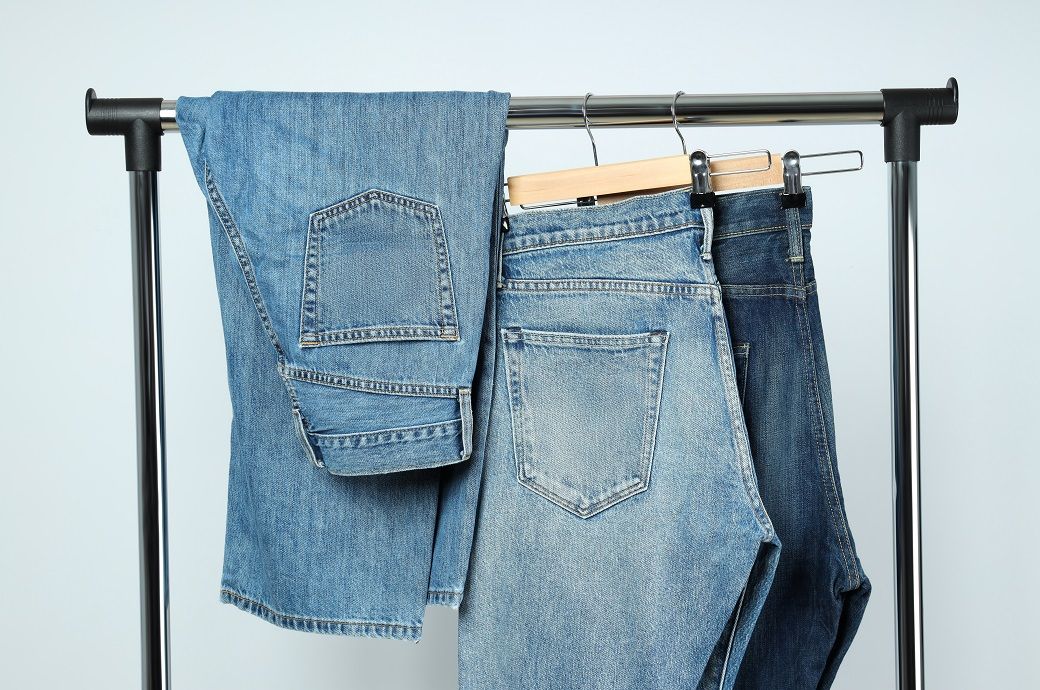
For the first half of FY26, total income reached ₹830.5 crore (~$93.66 million), a rise of 14.7 per cent compared with ₹724.93 crore in H1 FY25. PAT for the period stood at ₹19.86 crore (~$2.24 million), recording a 64.5 per cent YoY increase, underscoring the company’s continued operational strength and improved profitability.
Vishal Fabrics Limited has reported strong Q2 FY26 results, with total income rising 12.6 per cent to ₹433.31 crore and PAT surging 64.6 per cent to ₹10.7 crore (~$1.21 million).
H1 FY26 income reached ₹830.5 crore (~$93.66 million) and PAT ₹19.86 crore (~$2.24 million), both showing robust YoY growth.
CFO highlighted gains from an improved product mix, and operational efficiency.
“The strategic initiatives we have been implementing over the past several quarters and the ongoing strength of our business fundamentals are reflected in our financial performance. Revenue has been increasing steadily, helped by greater product mix and increased operational efficiency, both of which have increased margins,” said Dharmesh Dattani, CFO of Vishal Fabrics Limited.
“The quarter also reflects how well-positioned we are in both export and domestic markets. Newer regions are showing good traction, especially in Latin America, Europe, and Africa, as shoppers from around the world turn more and more to India for high-quality, sustainable denim products,” added Dattani. “Our continued emphasis on energy efficiency, process optimization, and value-added product innovation is yielding positive results.”
Fibre2Fashion News Desk (SG)
Fashion
US brand Under Armour & Stephen Curry to separate Curry Brand in 2026
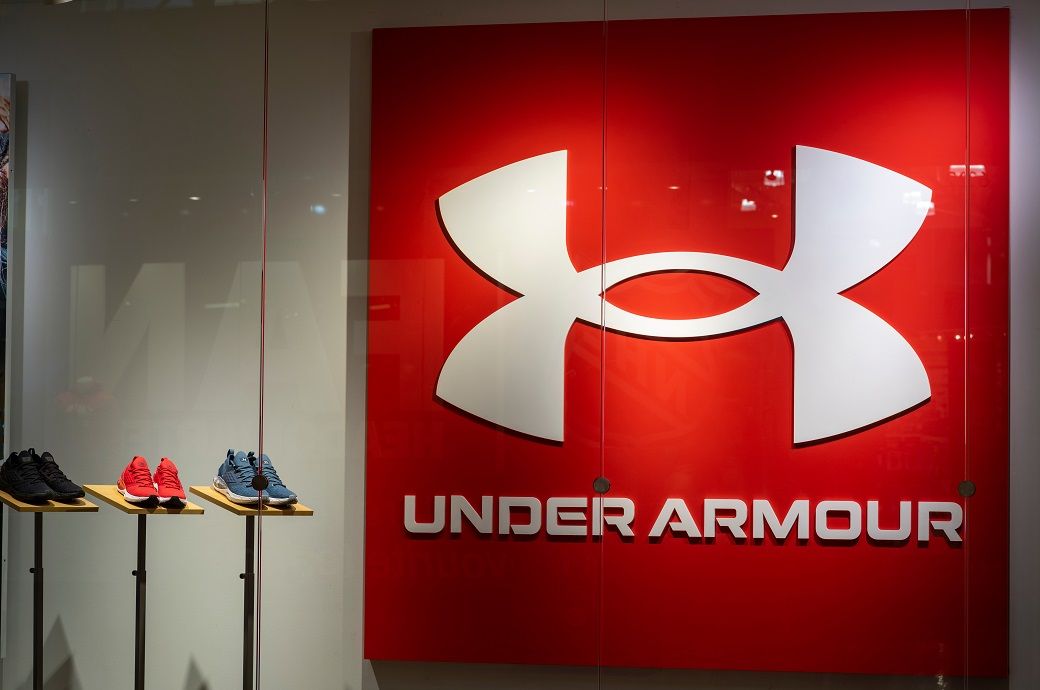
Under the separation, Curry will become independent of Under Armour. UA will release the Curry 13 – the final Curry Brand x Under Armour shoe – in February 2026 as planned, with additional colorways and apparel collections available through October 2026.
Under Armour and Stephen Curry will separate Curry Brand, concluding their decade-long partnership.
Curry Brand becomes independent as Under Armour refocuses on its core label and releases the final Curry Brand x UA shoe in February 2026.
Both praised the partnership’s impact on youth sports, community work, and performance innovation, with Curry signalling ambitious future growth.
“It’s been an incredible privilege to work with Stephen, who as President of Curry Brand has been much more than an ambassador – he’s become a thoughtful and strategic business leader,” said Kevin Plank, Founder and CEO of Under Armour. “Together with our teammates, he helped build something rare: a brand with credibility, community impact, and product that performs at the highest level. For Under Armour, this moment is about discipline and focus on the core UA brand during a critical stage of our turnaround. And for Stephen, it’s the right moment to let what we created evolve on his terms. We’ll always be grateful for what he’s brought to the UA team.”
Launched in 2020 as an extension of Stephen Curry’s longtime partnership with Under Armour, Curry Brand has combined performance innovation with community investments – especially in youth sports and underfunded basketball programs – while serving as a global platform for both parties’ on and off-court values. Through this partnership, Under Armour expanded its Project Rampart youth sports and education initiative to Oakland, and it will continue to support those efforts.
“Under Armour believed in me early in my career and gave me the space to build something much bigger and more impactful than a shoe. I’ll always be grateful for that.” said Stephen Curry. “Curry Brand was created to change the game for good and over the past 5 years, we successfully changed the game for kids, for communities, and for basketball. What Curry Brand stands for, what I stand for and my commitment to that mission will never change, it’s only growing stronger. I’m excited for a future that’s focused on aggressive growth with a continued commitment to keep showing up for the next generation.”
“This move lets two strong teams do what they do best,” Plank added. “Under Armour is focused on product innovation and performance for athletes at every level. Curry Brand gets the independence to determine its own future. That’s good for Stephen and good for UA.”
Note: The headline, insights, and image of this press release may have been refined by the Fibre2Fashion staff; the rest of the content remains unchanged.
Fibre2Fashion News Desk (RM)
Fashion
China’s T&A exports down 1.6% in Jan–Oct amid soft global demand
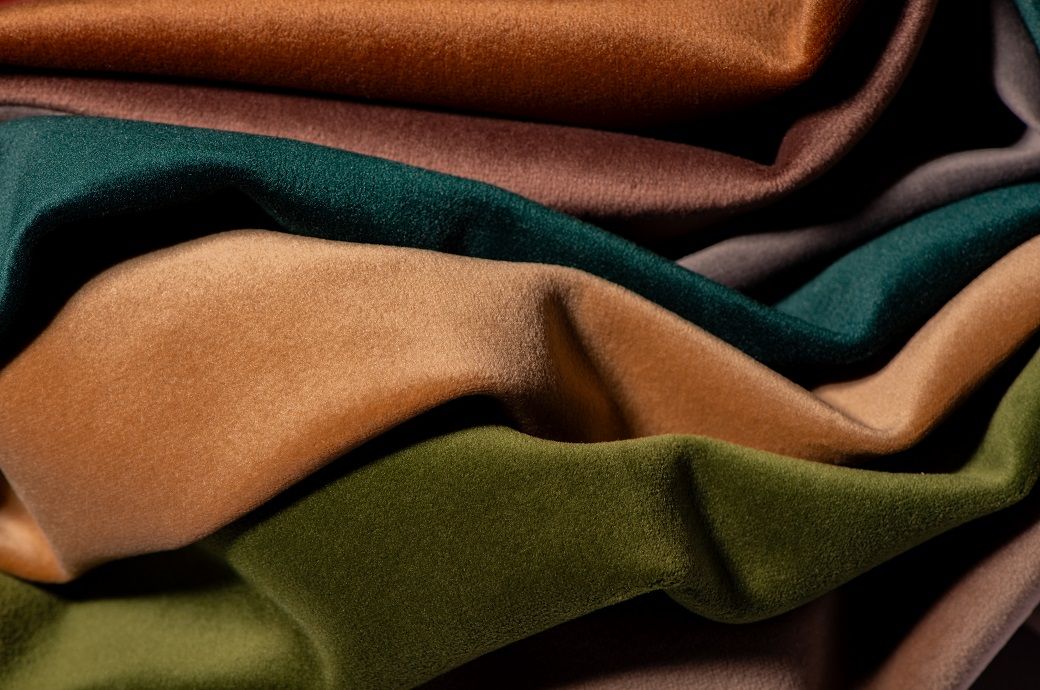
The contraction underlines continued pressure on China’s textile-apparel trade amid a sluggish global demand environment and the diversification of sourcing by international brands. Weak consumer sentiment in key markets and greater supplier competition have kept export growth muted.
Exports of textile products—including yarns, fabrics, and related articles—rose *.* per cent to $***.*** billion, up from $***.*** billion in ****. This indicates resilience in upstream categories, supported by steady industrial and technical textile orders. These categories benefit from stable long-term contracts and less sensitivity to fashion-driven volatility. In contrast, garment and accessory exports dropped *.* per cent to $***.*** billion from $***.*** billion, as overseas retailers adjusted inventories and shifted part of their sourcing to Vietnam, Bangladesh, and Turkiye. Higher labour costs and geopolitical risks have accelerated sourcing shifts away from China, particularly in labour-intensive apparel segments.
-

 Entertainment1 week ago
Entertainment1 week agoChina unveils£5.4 bn Fujian, its most advanced aircraft carrier yet
-

 Tech6 days ago
Tech6 days agoFrom waste to asset: Turning ethanol production CO₂ into jet fuel
-

 Politics1 week ago
Politics1 week agoIDF lawyers warned of possible Gaza war crimes: US intel findings
-

 Tech2 days ago
Tech2 days agoNew carbon capture method uses water and pressure to remove CO₂ from emissions at half current costs
-

 Sports1 day ago
Sports1 day agoTexas A&M officer scolds South Carolina wide receiver after touchdown; department speaks out
-
Sports1 week ago
College football winners and losers: The catch of the year saves Indiana
-

 Politics3 days ago
Politics3 days agoBritish-Pakistani honoured for transforming UK halal meat industry
-

 Business1 week ago
Business1 week agoMore than 1,000 flights cancelled as US air traffic cuts enter second day




